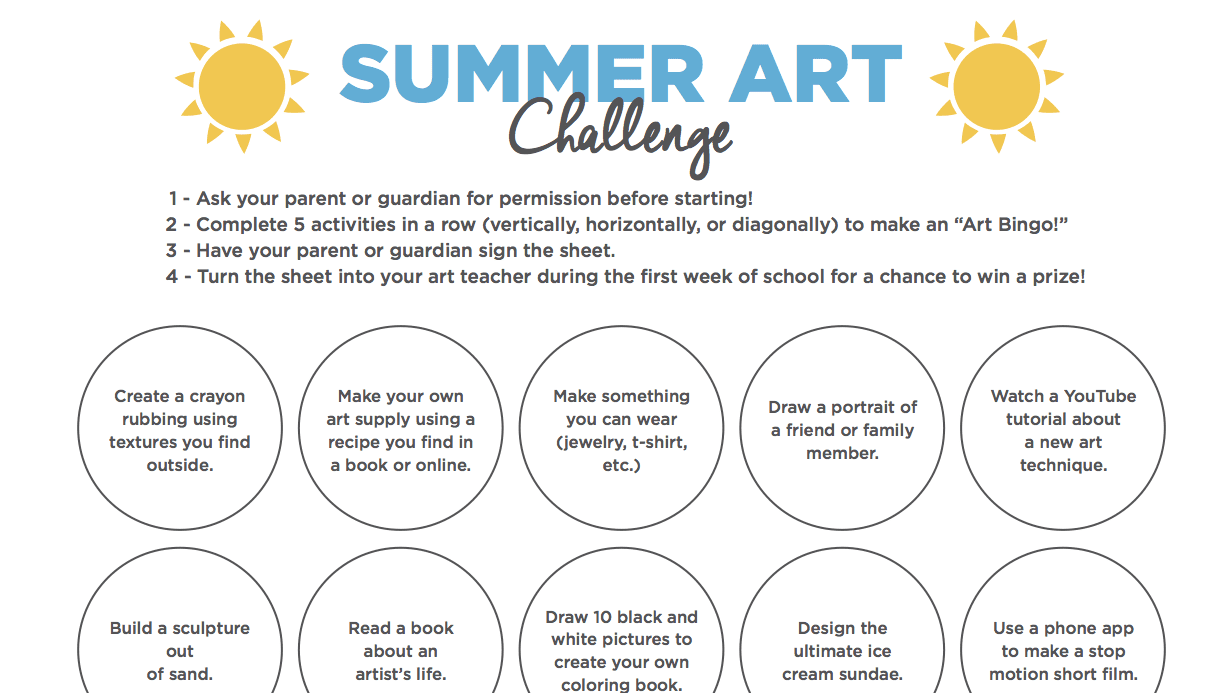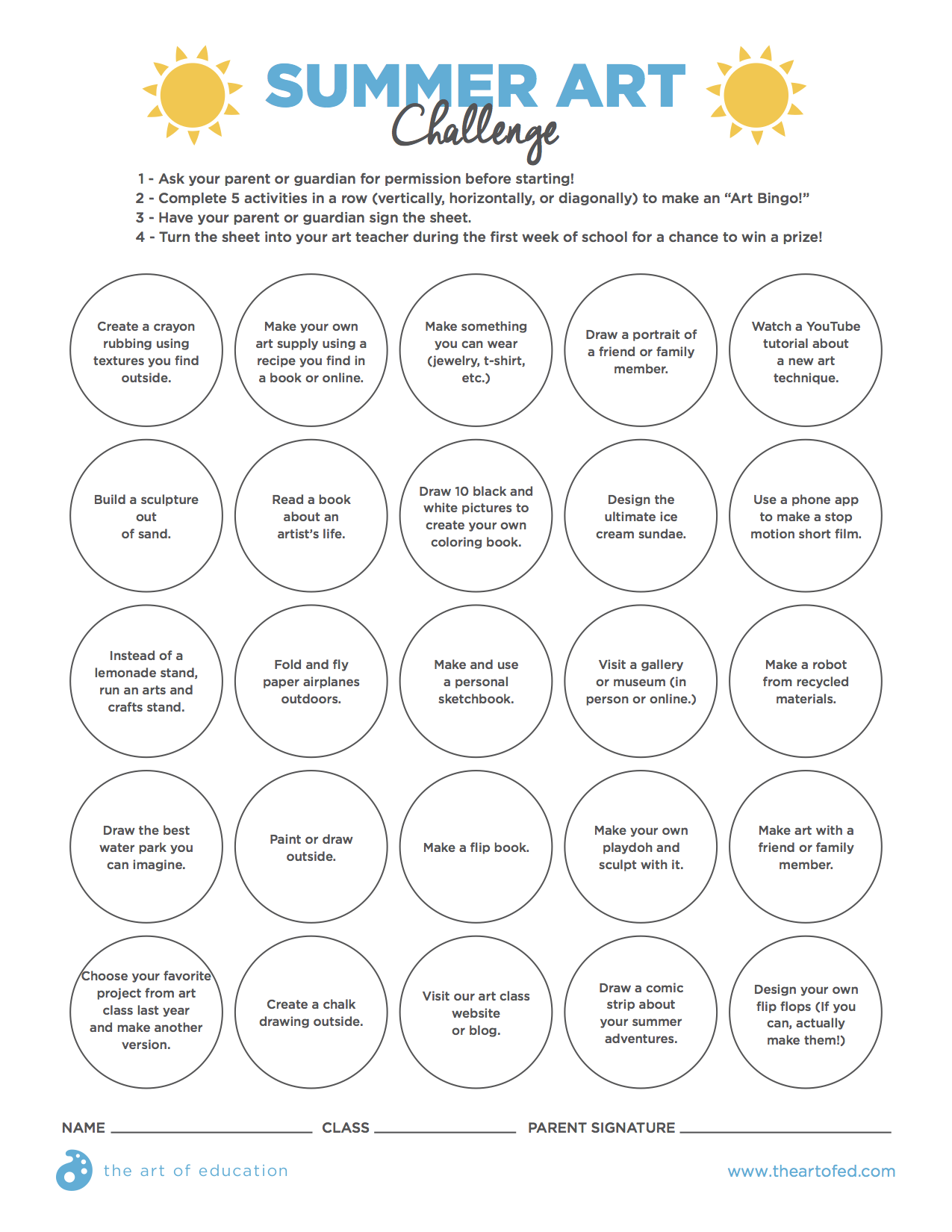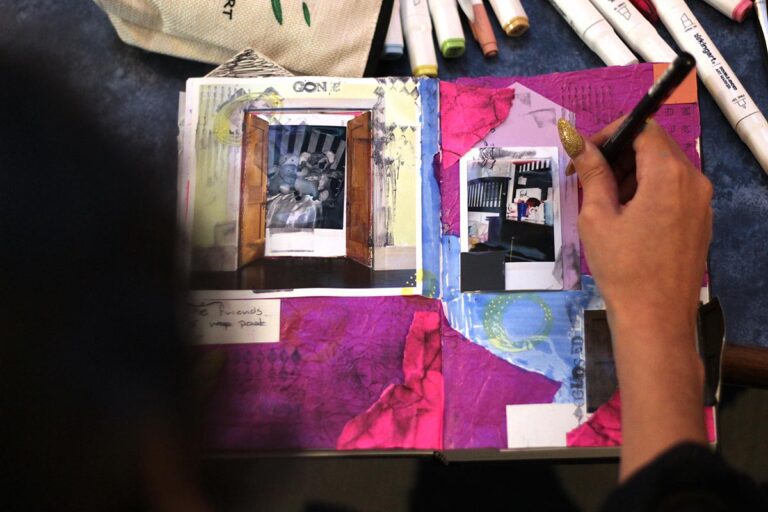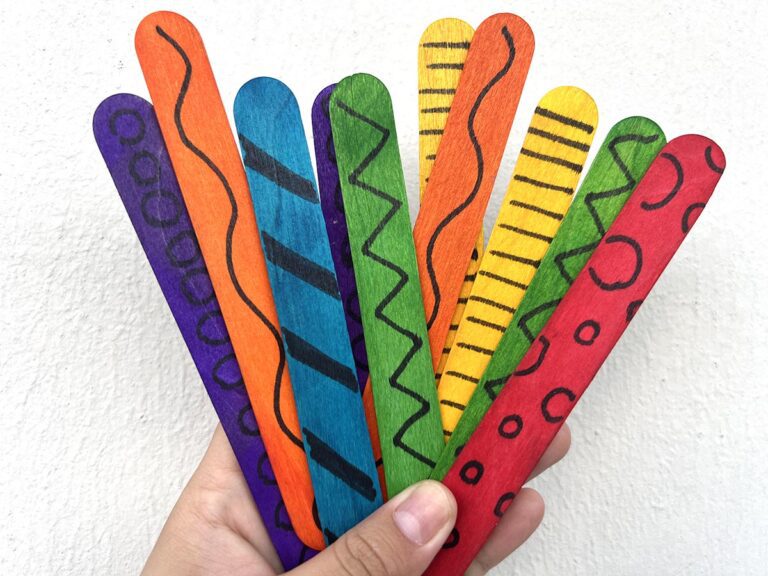You’ll often hear math and reading teachers lament that students lose important knowledge and skills over the long summer break. Students who meet academic standards in the spring sometimes slide backward come fall. This can be attributed to the fact that they aren’t practicing their math or reading skills over the summer. But, can the same be said for art?
Can a summer of video games, television binges, and stagnant thinking harm our students’ artistic performance?
Some experts assert it could affect creativity. In fact, Sir Ken Robinson once said, “You can’t be a creative thinker if you aren’t stimulating your mind, just as you can’t be an Olympic athlete if you don’t train regularly.”
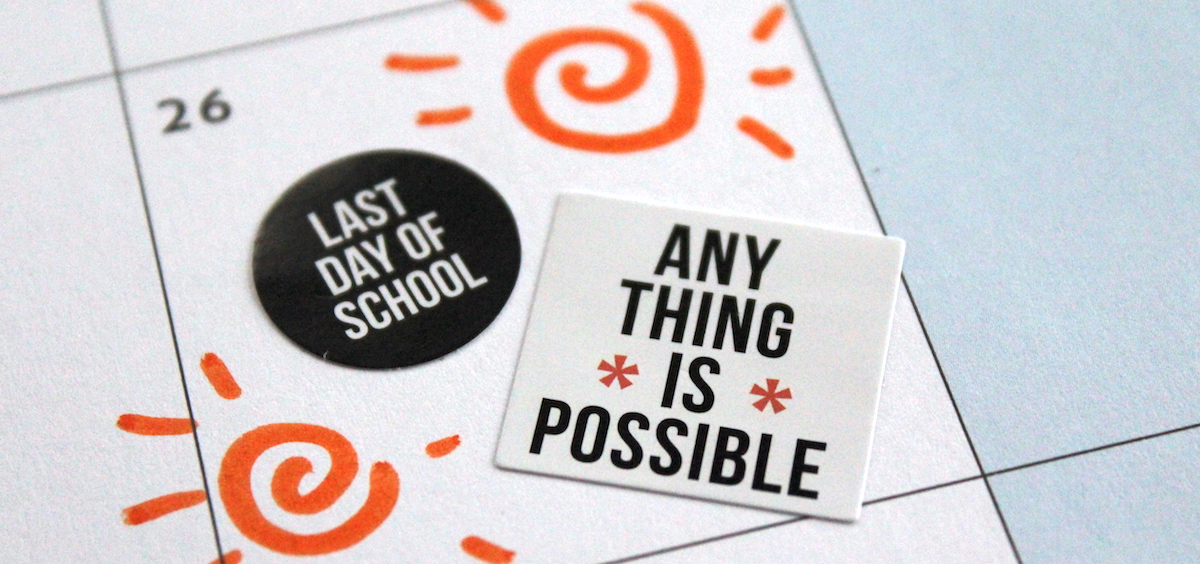
So how can we encourage our students to train? Many of my students engage in a variety of summer enrichment opportunities. But, not all families have the resources to provide their students with “art-centric” activities to keep their creativity skills sharp. This summer I am combating this problem head on.
I plan to provide my students with a summer art challenge, designed to keep them creating independently when they aren’t at school. Here is how it works…
1. Create a Bingo Card
A successful art challenge has two important characteristics. First, it is inspiring, so students will want to participate. Second, it requires materials students have easy access to over the summer months. Using a bingo format addresses both characteristics by giving a wide variety of options, and a lot of student choice. Students can select tasks of interest and make a plan avoiding the use of materials they may not have.
To create my card, I brainstormed a list of open-ended tasks I thought would appeal to a variety kids. Then, I asked colleagues and students for their input. These extra contributors helped identify some exciting ideas I hadn’t thought of and helped edit others to make them more appealing to my student population.
To save you time, here is a downloadable version of a summer art challenge you could use with your class!
2. Promote the Program
As the school year winds down, mention the challenge to each class and encourage them to enter. Give each student a paper copy of the challenge and answer any logistical questions they may have. Reinforce this introduction by announcing the activity in the school newsletter and on the website. Many parents are looking for new summer family activities, so be sure to mention your art challenge in any parent communications from the school. Finally, the reality is that a LOT of papers come home at the end of the year, so be sure to also offer a digital copy in as many locations as possible.
3. Add Accountability/Advocacy
As I asked my students to help me edit the original bingo card, many kids wanted me to add a line for a parent signature, to prevent cheating. Initially, I thought their request represented an adorable seriousness and ethical attitude toward the challenge. For that reason, I added a signature line to honor the accountability they were requesting. Later, I realized requiring a parent signature could actually be more about advocacy. To get a signature, a student has to show their parent the form, and have a conversation about what they are making. Perhaps this will lead to a family discussion about one or more of the prompts on the page. Maybe an adult will even assist or participate!
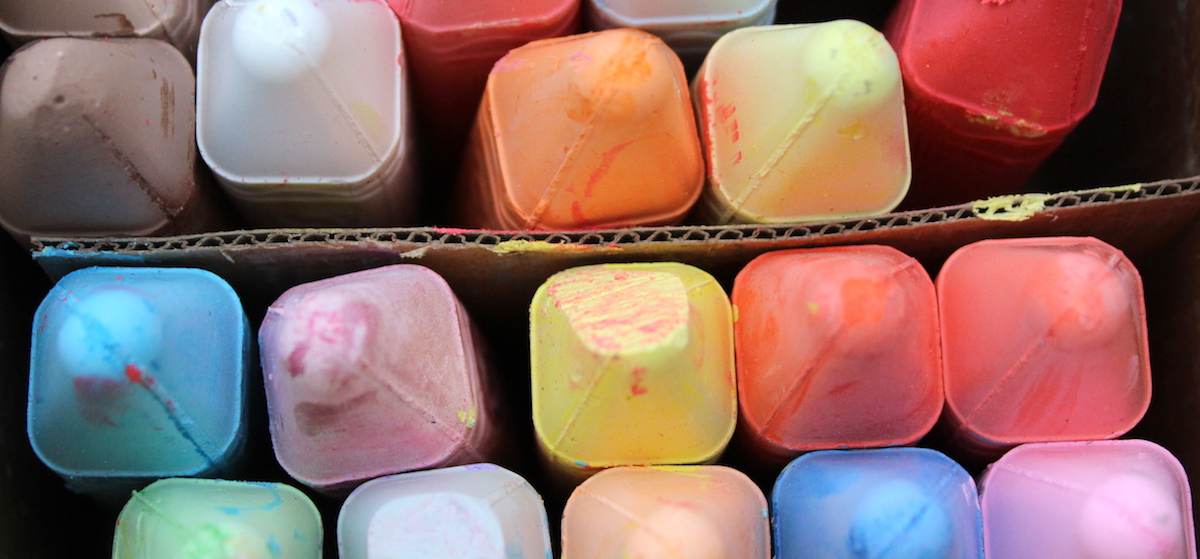
4. Provide an Incentive… or Not!
Next, reflect on your student population and decide whether you need to offer an incentive to “jump start” the challenge. Ideally, our students would be intrinsically motivated to participate, just for the sheer joy of making art. This may or may not be the case in your school, so here are a few ideas to reward students who get a “Bingo”…
- Let them bring an artwork created for the challenge to school to hang on a special bulletin board.
- Allow bingo winners to pick their spot on your new seating chart for the fall.
- Put all winning cards into a box and draw one to receive sample art supplies from an art conference or local store.
- Invite bingo winners to have lunch in your art room during the first week of school.
5. Participate, As Their Teacher
Add to the fun by modeling artistic behavior. Complete the challenge yourself and post updates on your classroom Facebook, Instagram, or website. Students will be interested and inspired to see how you incorporate an artmaking practice into your summer break. For even more fun, ask your building administrators or well-known teachers (think PE, library, or music faculty) to get in on the fun and participate too! What better way to demonstrate to kids that artmaking can be a lifelong pursuit, regardless of your profession?
6. Follow Through
As students return in the fall, be sure to reward their efforts, and recognize students who chose to participate!
Here are four different ways you could do that:
- Mention participants during morning announcements.
- Create a bulletin board with participants’ names.
- Hang up examples students bring in.
- Share what YOU made for the art challenge!
With just a little bit of planning, you can implement your own art summer art challenge. Not only will you help your students stay active in the arts over the summer, but your program will remain a visible presence within your community, even when school isn’t in session.
How do you promote your program over the summer?
What types of art enrichment activities are available to your students?
Magazine articles and podcasts are opinions of professional education contributors and do not necessarily represent the position of the Art of Education University (AOEU) or its academic offerings. Contributors use terms in the way they are most often talked about in the scope of their educational experiences.
